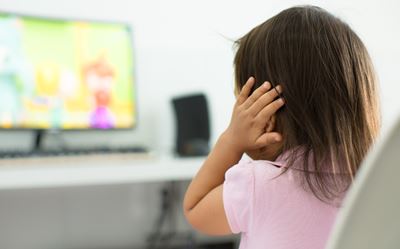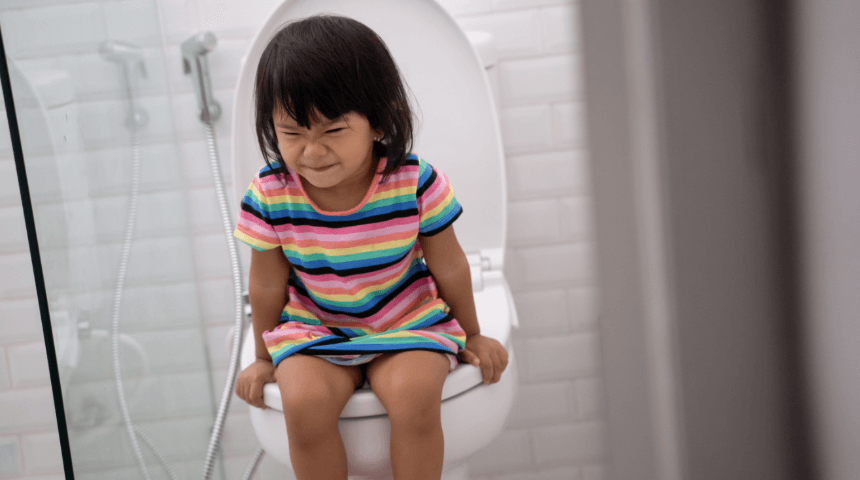Ear infections are one of the most common medical conditions among young children. But that doesn’t mean they should be ignored. Whether your child is experiencing their first ear infection or has been suffering from chronic ear infections for years, it’s vital to understand their causes and symptoms. Why? Untreated ear infections not only can lead to greater and prolonged pain, but also potential hearing loss.
Armed with accurate medical information, parents can take steps to prevent their infants and children from developing ear infections and treat them when they do. Here’s what you need to know about kids and this common condition.
Causes of Ear Infections
Children are far more susceptible to ear infections than adults due to basic anatomy. Unlike grown-ups, children have eustachian tubes (the narrow tubes that connect the back of the nose to the middle ear) that are shorter, narrower and positioned horizontally to the ear. Ear infections occur when this tiny tube swells. A swollen eustachian tube can trap fluid in the middle ear. The middle ear then fills with infected fluid—or pus— that pushes against the eardrum, causing inflammation and pain.
Often an ear infection is preceded by a respiratory infection or allergies. Whatever the cause, this initial swelling occurs when bacteria and/or viruses enter the sensitive space of your child’s middle ear.
Signs of an Ear Infection
Symptoms of ear infections include:
- Fever
- Ear pain
- Difficulty hearing
- Problems with sleeping
- Ear tugging
Other symptoms may present like a common cold, including a runny or stuffy nose. Still, due to their localized position, ear infections often are quick to be recognized by parents and diagnosed by doctors.
At a medical exam, the physician will check your child’s ears for an infection using an otoscope. This tool allows them to determine whether an ear is red or inflamed, whether there’s fluid present and whether your child’s eardrum has ruptured.
Treatment for Ear Infections
Although this condition differs on an individual basis, ear infections can last as little as a few days or much longer—depending on whether your child has chronic health issues affecting the nose, ears and throat. Many ear infections will resolve naturally on their own, so observing for 48-72 hours and administering over-the-counter pain relievers or ear drops may be all that’s needed.
If symptoms persist or your child experiences chronic ear infections, your physician will determine whether prescribing antibiotics will assist with recovery. For more serious cases, your physician may refer you to an ENT (ear, nose and throat specialist) for further consultation or potential ear tube surgery.
How to Prevent Ear Infections
Although ear infections aren’t contagious, the bacteria and/or viruses that can cause them are. It’s important to vaccinate your kids, and practice good hygiene and routine handwashing. Ear infections also can be prevented by keeping your children away from secondhand smoke, as proximity to smoke increases the risk of respiratory illnesses.
In infants, breastfeeding when possible can help keep respiratory illnesses—and ear infections—away. If using a bottle, make sure to bottle feed at an angle instead of laying the infant flat. Suctioning the nose when your baby has a respiratory infection also may help decrease mucus flow to the middle-ear space.
When in doubt about ear infections and your child, always make sure to contact your physician.
Are You Interested in Learning More?
Sign up for our e-newsletter for more tips and best practices from pediatricians.
Sign Up Here










